The Aksaray Stele is an important archaeological artifact discovered near Aksaray, Turkey. This basalt monument dates back to the Late Hittite period, approximately the 8th century BC. It provides valuable insight into the Hittite civilization and its influence in the region during this time.
Get your dose of History via Email
Discovery and Location
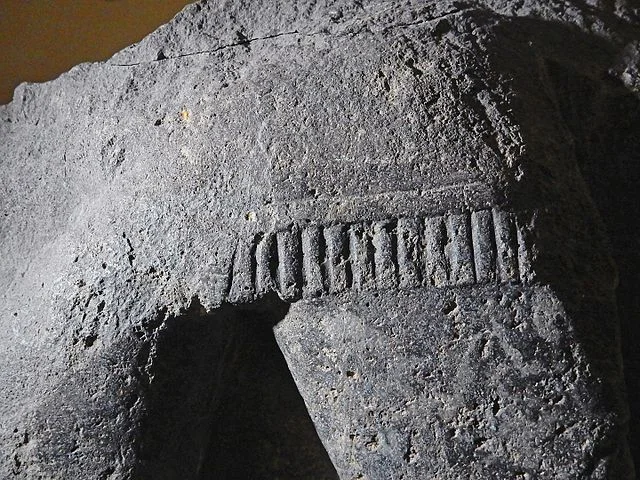
The Aksaray Stele was found during excavations in the modern-day province of Aksaray. This region was once part of the Neo-Hittite states that arose after the collapse of the Hittite Empire around 1200 BC. It was an area where many city-states flourished, maintaining Hittite cultural traditions.
Description of the Stele
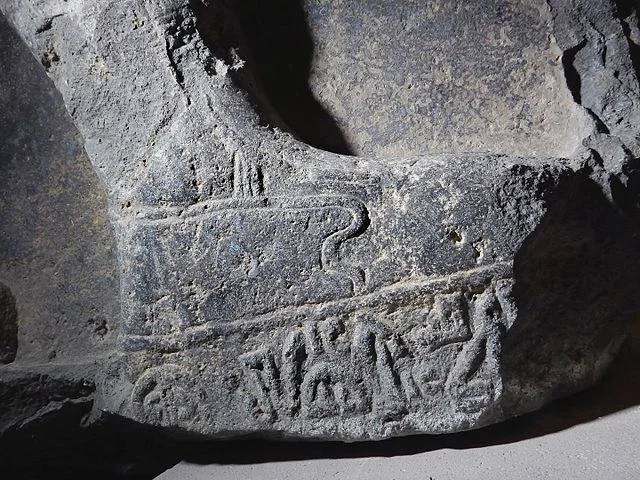
The Aksaray Stele is a rectangular basalt slab. Its surface contains inscriptions in Luwian hieroglyphs, a script used by the Hittites and their successor states. The hieroglyphs are carved into the stone, preserving information about rulers, political events, and religious practices. The stele is roughly 1.5 meters tall, making it a significant monument for the period.
Inscriptions and Significance
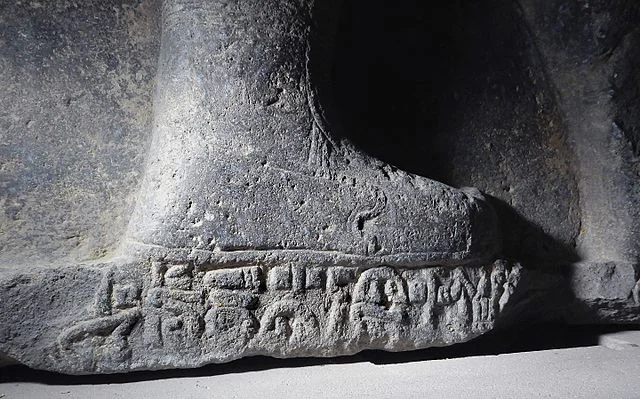
The Luwian inscriptions provide valuable historical data. They reference a local ruler and may commemorate military victories or alliances. Stelae like this one served both as records of accomplishments and as public displays of power. These inscriptions are also crucial for understanding the political structure of the Neo-Hittite city-states, particularly their kingship and relations with neighboring powers.
Cultural and Historical Context
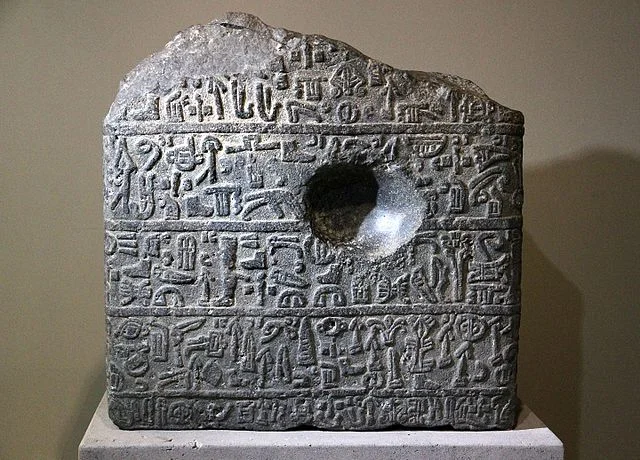
The Aksaray Stele is part of a larger body of Hittite and Neo-Hittite monuments discovered in Anatolia. After the fall of the Hittite Empire around 1200 BC, smaller Hittite states continued to exist in southern Anatolia and northern Syria. These states, including the one near Aksaray, used similar cultural and religious symbols as their imperial predecessors. The Aksaray Stele reflects this continuity, particularly in its use of Luwian hieroglyphs and the style of the carvings.
Importance in Archaeological Studies
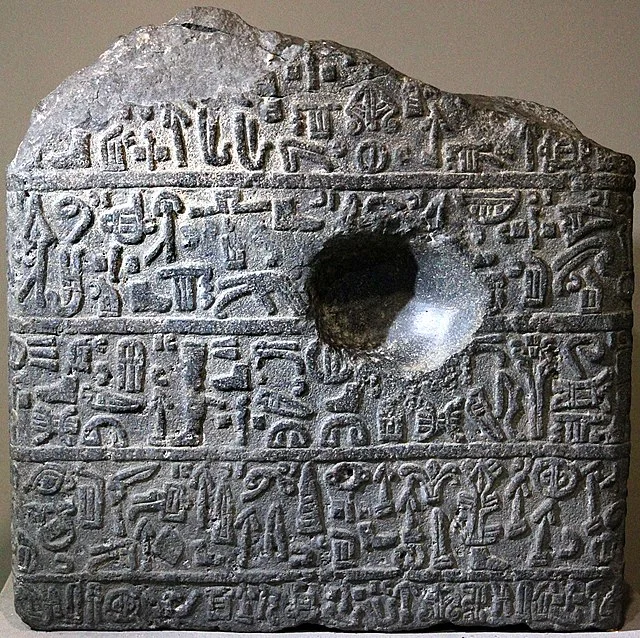
The Aksaray Stele provides a snapshot of the political landscape during the Late Hittite period. Its inscriptions help archaeologists and historians piece together the fragmented history of this era. The stele also illustrates how Neo-Hittite city-states used monumental inscriptions to legitimize power and maintain cultural identity.
Additionally, it contributes to the understanding of ancient writing systems. Luwian hieroglyphs were used throughout the Late Bronze and Iron Ages, and the Aksaray Stele adds to the corpus of texts available for linguistic analysis.
Conclusion
The Aksaray Stele is an essential artifact for understanding the Neo-Hittite period in Anatolia. Its inscriptions in Luwian hieroglyphs provide valuable information about the region’s political and cultural history. For archaeologists, the stele is a key piece in reconstructing the past of the Late Hittite states and their continued influence in the region.
This artifact remains an enduring symbol of the cultural and historical importance of the Aksaray region in ancient Anatolia.
Source:

